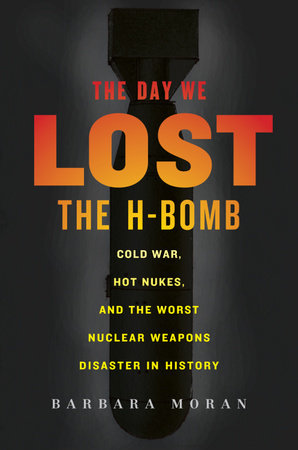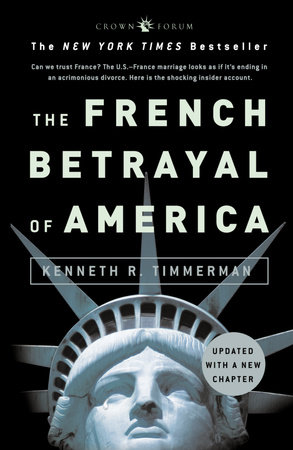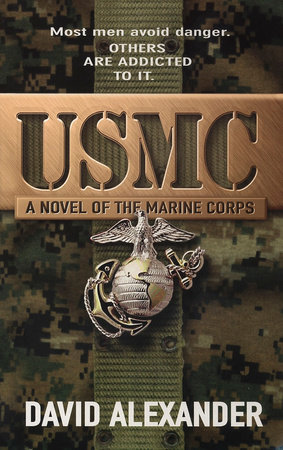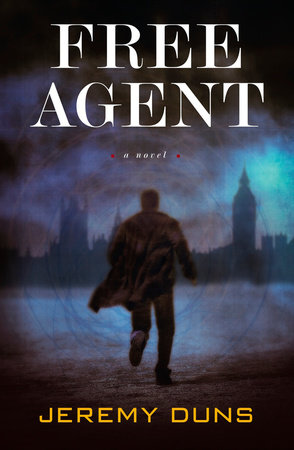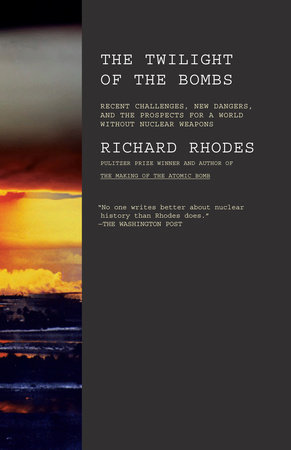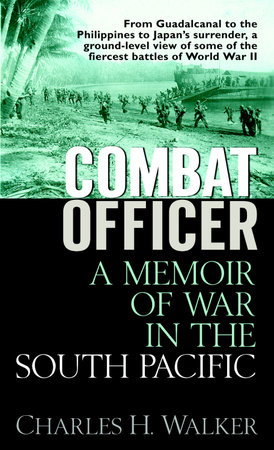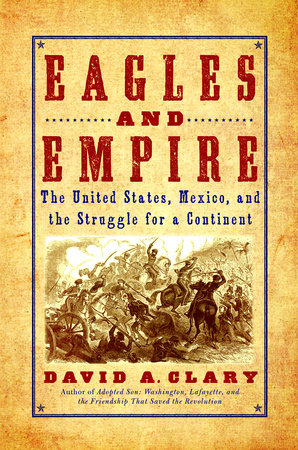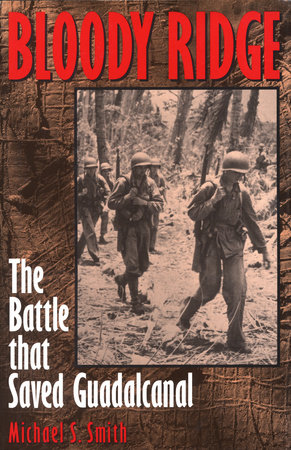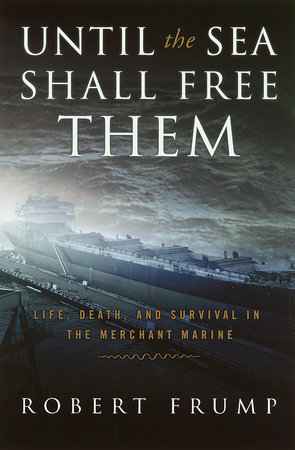The Day We Lost the H-bomb
Q&A with author Barbara Moran
How did you come up with the idea for this book?
I found it by accident. I was visiting Woods Hole for another project and had some free time, so I wandered into the library. I saw a small plaque commemorating Alvin’s role in the recovery of the fourth bomb. I had never heard of this incident before, and started doing some research. Eventually it became a magazine article and then grew into a book.
Why do you start the book with the history of the Strategic Air Command?
When I tell people about this story, the first thing they ask is “Why was the Air Force flying a plane full of nuclear bombs around Spain?” To answer that question I realized that I needed to unpack the whole history behind it, exploring the genesis of airborne alert, nuclear deterrence and SAC itself. I came to feel that the culture of SAC was due largely to the leadership of Curtis LeMay, so I centered the history on him.
You’re a science writer – was it hard to write this book without a military background?
There was certainly a steep learning curve! Early on, I was lucky to befriend (or gain the pity of) two important people: Jerry Martin, the USSTRATCOM historian, and Joe Caver, the librarian at the Air Force Historical Research Center. Both men were very generous with their time and helped guide my reading and thinking.
Since this book is intended for a general audience, though, I think my ignorance allowed me to ask the same questions that any person might, and to explain things simply and without military jargon. In that way, military writing is much like science writing.
This accident was the worst nuclear weapons disaster in history. Could it happen again?
Nuclear weapons experts (I am not one of them) agree that the more people who have nuclear weapons, the more likely an accident. The disintegration of the Soviet Union, which left parts of its nuclear stockpile loosely guarded, made a nuclear accident far more likely. Experts worry especially about “rogue” nations and non-state actors (terrorist groups, etc) who may not care as much about nuclear safeguards as we’d like.
That being said, the recent mishaps that have appeared on the news have all been caused by major powers. In the United States in 2007, for instance, six cruise missiles, each loaded with a nuclear warhead, were mistakenly loaded on a USAF B-52 at Minot AFB and transported to Barksdale AFB. The missiles were not reported missing and remained mounted to the aircraft for 36 hours. During this time, the warheads were not protected by the security precautions required for nuclear weapons. And in February 2009, French and British nuclear submarines collided while on patrol in the Atlantic. Both subs, which were carrying nuclear missiles, returned to their home ports damaged but safe.
Why do so few people know about the Palomares accident? Did the government cover it up?
The government tried to cover it up for a while but failed. The news media accurately reported all the major facts soon after the accident, but the military didn’t admit anything for about six weeks. The governments of the United States and Spain said that they wanted to keep the story under wraps to avoid undue panic, but the secrecy policy did just the opposite. Unfortunately, secrecy has continued to surround the story to this day, especially regarding the cleanup operation in Palomares.
Despite the widespread reporting (when the bomb was found, the New York Times printed a photo on page one) Americans soon forgot about the incident. I asked many of my interviewees why this was the case, but nobody had a clear answer. I think the incident just got eclipsed by Vietnam and the cultural upheavals of the late 1960s.
How did you pick the major characters?
I was looking for characters through which I could tell each aspect of the story: the land search, the water search and the political wrangling. And, ideally, I wanted the main characters to overlap in some way. Many times I went into an interview hoping that I was going to find a key character. Most of the time, I didn’t. When I met Joe Ramirez, however, I knew he was the man for the land search — he was there from the beginning, had an interesting personal story and great anecdotes. And partly because he spoke Spanish, he had taken part in several key events. Then I found Red Moody and knew he was the perfect character for the sea search — he had a hand in both the search and the recovery, a steel-trap memory, and a great nickname. When I found that Ramirez and Moody had met on Simó’s boat, that cinched the deal.
What was the major revelation you came across in your book?
I was surprised that the military was so unprepared to deal with this accident. The Navy had struggled with the search for the USS Thresher in 1963, and had made plans to cope with such an accident again, but little had come of it. As Brad Moody said, all the Navy had was a ragtag pickup team.
The book contains a lot of recently declassified information. Did you run into any roadblocks while doing the research?
Yes. After 9/11, a lot of previously unclassified material was re-classified. I’m sure that some of this was a good idea — I certainly don’t want terrorists learning how to build nuclear weapons. But in my experience, anyway, some of the re-classification was absurd. For example, Francis Smith, a gunner on the USS Albany, told me that his ship had switched the warheads on their TALOS missiles from conventional to nuclear during the Palomares mission. When I went to the National Archives to confirm his story, I found that the deck logs of the Albany had been “pulled” by the DOE. Deck logs are the most benign of military documents, recording a ship’s position, the weather, the arrival of important guests, and occasional events. They are never classified.
When I asked an archivist why the deck logs had been pulled, he shrugged and said he didn’t know. Confused, I asked another archivist, who drew me aside and — in a hushed voice — told me that the DOE had pulled anything that mentioned nuclear weapons. I could get the deck logs, but would have to file a FOIA request. I did, and returned to the National Archives a couple months later, excited to see all the juicy nuclear weapon details revealed in the Albany’s deck logs. For the entire time the Albany was off Palomares, I found two entries relating to nuclear weapons, both from March 29, 1966:
8:40 am: Commenced handling TALOS missile warheads
10:15 am: Secured from handling TALOS missile warheads
You do a lot of writing for television. Did your writing for TV influence how you wrote this book?
Writing for television has taught me to focus on two things: characters and scenes. I approached the book the same way. I told the story through the actions of a handful of major characters, and when I sat down to write a scene, say Brad Mooney’s first meeting with Admiral Guest, I would run it though my mind like a movie, and then try to write what I saw. Usually, while doing this, I would discover large blank spots in my knowledge. In the case of the Mooney/Guest scene, I contacted Mooney several times to ask questions about the Admiral’s clothing. I think Mooney thought I was nuts, because details like that don’t seem important, but they’re what makes a scene come to life.
Also, a colleague once told me that it’s always good to put a dead body at the beginning of a film, which is why I started the book with Simó’s sighting of the dead man.
What was the most memorable part of your research?
I flew on a KC-135 tanker out of Pease AFB to observe a refueling flight. This was a pretty exciting day for a woman who spends most of her time in front of a computer. I knew that planes had to get close together to refuel, but until I saw the face of the pilot in the other plane, I had no idea how close. Usually when I’m on a plane other planes don’t get that close, and if they do, it’s not good.
What was the most dangerous part of your research?
Lewis Melson graciously took me to lunch at the officers’ club at Annapolis. He was a lovely man, but he was at least 90 and insisted on driving. I was apprehensive, to say the least, but he was actually a very good driver.
What surprised you during your trip to Spain?
Before I visited Palomares, I had seen lots of photos of the village from 1966: tomato field, peasants, donkey carts. I was not mentally prepared for how modern the area had become. It looked like an Arizona suburb and was very disorienting.
What do people in Spain think about this accident?
While researching the book in Spain, I would mention the subject matter to a Spaniard and invariably he or she would say, “Ahh, el baño de Fraga!” — Fraga’s bath. It seems that the only thing Spaniards remember about the accident is the PR stunt by the Minister of Tourism, Manuel Fraga Iribarne, who swam in the Mediterranean with the American ambassador to prove it was safe. There was a famous newsreel made of the swim, and that seems to form the collective memory of the Spanish.
In Palomares, of course, people have a much clearer memory of the accident, and seem annoyed that the subject keeps coming up. Palomares is now a tourist destination and a produce processing hub. As far as I have been able to discern, there have been no lasting health effects on the villagers from the accident. They just want the story to go away.
